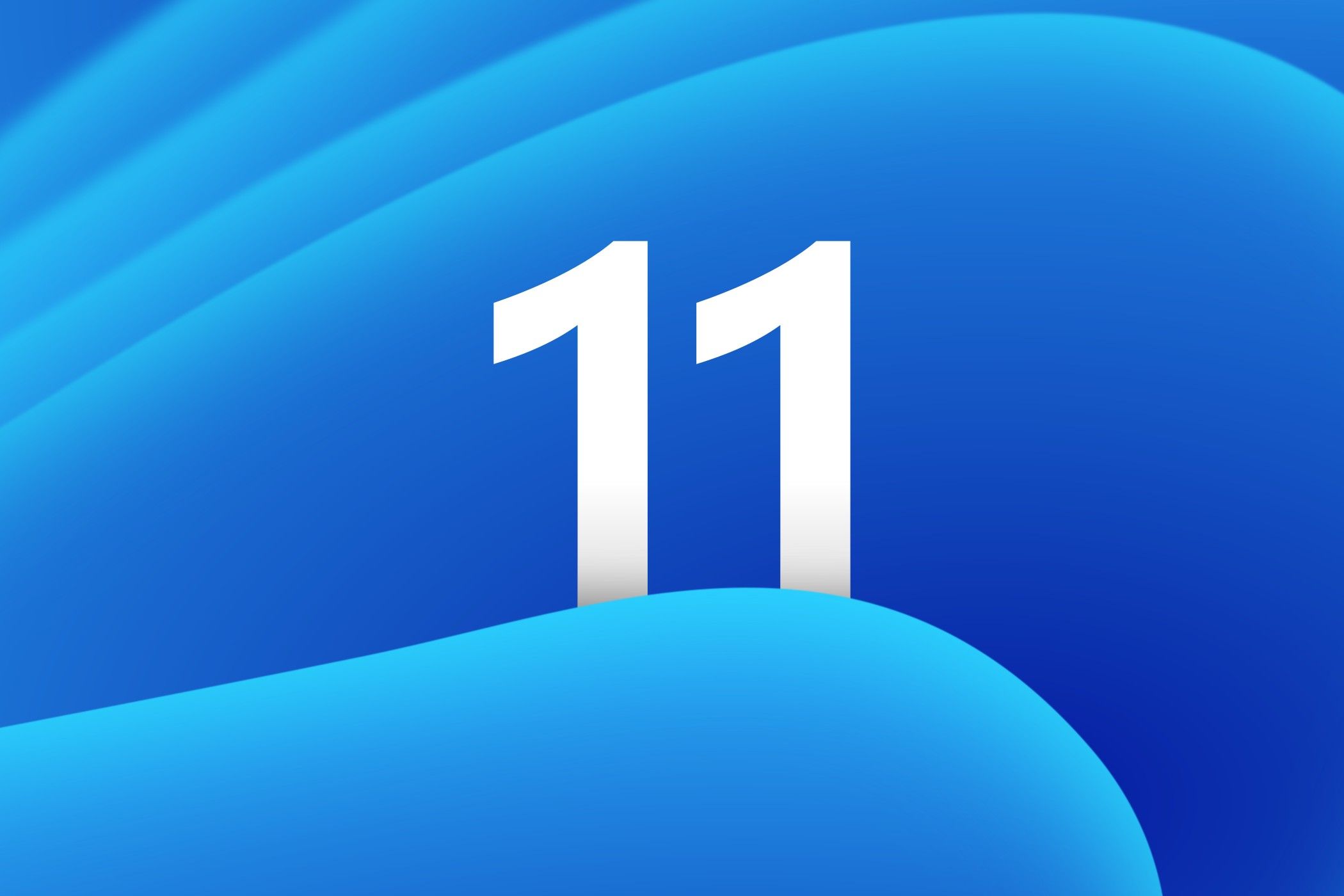5 Call Queue Management Tips to Survive Peak Hour Traffic

Periods of heavier-than-usual call traffic are inevitable for any type of call center. If you can handle call queue management effectively, it presents an opportunity for your team to strengthen customer relationships and relish the achievement of a job well done.
If not, peak calling hours can become stressful communication choke points that lead to high customer churn and rampant employee burnout.
The tiniest tweaks in your approach can make all the difference — we’ve gathered the best examples below.
1. Implement a callback option
Offering callers the option to receive a call back rather than waiting on hold is a win-win. It’s one less caller in the queue, immediately, and that caller is usually excited to get back to their life instead of waiting on hold. When the call-volume subsides, you can call them back, and it’s fine.
I love the option of getting a call back, and it’s becoming so common that I am starting to get frustrated when companies don’t offer it. It’s such a better experience than having to half pay attention to lo-fi hold music on speaker phone while I try to accomplish something else.
For inbound scenarios, especially customer service, I’d look for call center software that makes setting up a call backs option very easy. It’s most likely nested under call center Interactive Voice Response (IVR) features, and you might see it designated as queue callback, virtual hold, customer callback, automatic callback — it’s all the same thing.
This is one of the easiest ways to improve the customer experience by reducing frustration during peak hours. It also takes the strain off your agents and means they are dealing with fewer callers coming off long holds.
I would not implement this function for urgent calls. If a customer has an emergency, for example, the callback option is not going to be well received.
2. Broaden IVR self-service options
A call center IVR system costs a good deal of money, so it stands to reason that a business should try and get the most out of it.
Start by looking at your IVR containment rate — every percentage point higher you can drive that number is another fraction of callers who don’t need to speak to an agent. Look for adding self-service options to help with basic troubleshooting, check account balances, or make a payment using the IVR.
Automating each of these tasks reduces the number of calls transferred to live agents, which allows them to focus on more complex issues. A knock-on effect is that wait times are reduced, which in turn boosts customer satisfaction.
The operational cost savings is also significant. You probably have some idea of how much each call costs — usually somewhere between $3-$10 per call, potentially more — well, each call successfully resolved by the IVR is money saved.
On top of that, the decreased volume will minimize the need to schedule extra staff to handle peak times. That means less hiring and less training.
Reviewing your IVR self-service options should be part of any call queue management strategy. What can you streamline, what can you improve, what additional responsibility can your IVR take over from busy agents?
3. Offer online help resources
Help your customers help you by publishing accurate and useful information about topics callers care about. Your website can serve as a tremendous resource to customers and it will decrease call volume during peak hours.
The first benefit is that fewer people will have to call in when they can figure out the answer to their question, problem, or concern just by visiting your website.
You can also prompt callers who are in the queue to use website resources, which can help the caller serve themselves without talking to an agent (win-win). And even if the caller cannot 100% resolve their problem on their own, they have learned more about the issue from your site, which likely makes the call with the agent a lot smoother.
A lot of people prefer not having to get on the phone in order to accomplish something. Publishing FAQs and Guides about your product is truly helpful for your customers and is one of the lowest-cost call queue management tactics out there.
If you have any trouble justifying the budget to make sure that your online help resources are top-notch, remember that creating helpful content is exactly what Google wants to see and will drive high-intent, extremely relevant, organic search traffic to your site.
This is an ancient SEO content strategy that still works today. It’s either you or your competitor getting that traffic, so, about that budget? Win more traffic for your brand’s site while solving high call queuing times — not bad at all.
4. Capture customer info before calls
Customers don’t enjoy wasting time and effort repeating themselves. Asking them to do so is enough to earn a poor Customer Satisfaction (CSAT) score, even if your agents do everything else to perfection.
You can help callers save time, ensure they never have to repeat themselves, and reduce call queue management requirements by using the IVR to request caller information instead of waiting for the agent to pick up.
While the caller is still on hold, the IVR can authenticate their identity and collect vital information like their preferred language, social security number, account number, birth date, and the nature of their call. This information can be used to route the call appropriately without an agent having to pick up and transfer the call to another agent.
Additionally, the information improves the quality of customer interaction because the agent doesn’t have to request and receive information verbally. There’s less opportunity for error and the agent can begin assisting the customer as soon as they answer.
Maybe you have set this up already, but have you captured as much helpful information as possible?
For example, say you have the caller’s number tied to a record in your call center CRM software, great — but the customer might have a concern you could fast-track to the right agent. Call center Automated Speech Recognition (ASR) has come a long way, and there’s the possibility for the system to understand and process the caller’s request, fast-tracking them to the right person at your company without needing an agent to play middleman.
5. Prioritize urgent calls
Businesses can categorize incoming calls to ensure priority customers or high-value queries are answered first. This takes a little bit of setup on the backend, but it is a standard part of peak hour call handling that prevents important customers from getting lost in the rush.
Your phone system has to identify what or who counts as urgent, and then automatically route those calls to agents capable of assisting.
As long as you have integrated your call center with your Customer Relationship Management (CRM) software, this should be fairly straightforward. If not, you will have to set up another way for your phone system to recognize callers.
Potentially, you could set up IVR menus that allow customers to self-select that they are urgent callers. For example, “To report a lost or stolen credit card, press 3”.
The IVR menu option works in some cases, but it’s not a good way to handle every type of priority call. Most companies lean on the CRM integration to automatically recognize that a high-priority call is coming in.
This could be from a customer account of a certain size, a customer who spends a certain amount each month — whatever defines important for your purposes. Tag them in the CRM as eligible for priority call handling, and make sure you have the backend staffed to handle it.
If you have a conversational IVR, you could train the system to pick up on critical issues, which can be routed to the front of the queue, while lower-priority inquiries are handled as time allows.
Source link











